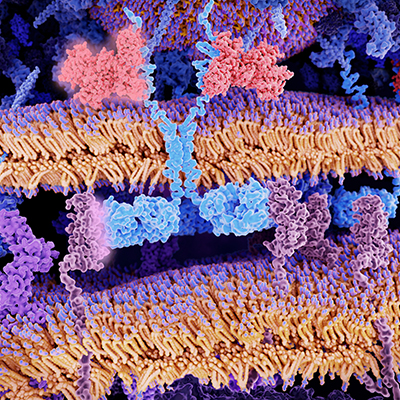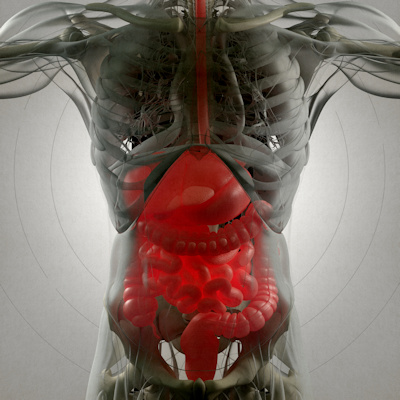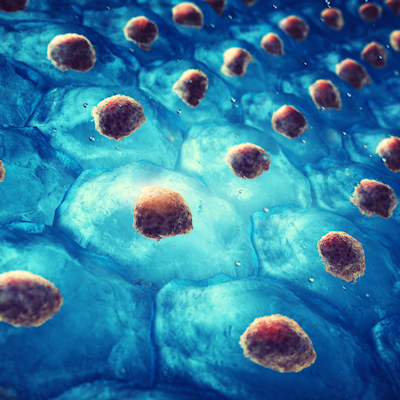August 12, 2022 -- More than 70% of stem cell lines derived from human skin cells have damage to their DNA that could compromise their use in research and cell-based therapies, according to a study published August 11 in Nature Genetics.
Human induced pluripotent stem cells (hiPSCs) free researchers from the need to work with embryo stem cells by enabling the use of adult tissues as a starting material. However, researchers at the University of Cambridge and the Wellcome Sanger Institute have discovered a problem with stem cell lines derived from both skin cells and blood.
The researchers found damage related to ultraviolet (UV) light in 72% of hiPSCs derived from fibroblasts, with some cells having up to 15 mutations per megabase. Blood derived stem cells had fewer mutations and no UV damage but 26.9% of the tested cell lines had acquired BCL6 Corepressor (BCOR) mutations that may have functional consequences.
Because hiPSCs can be propagated and differentiated into many cell types, they have become a popular choice for in vitro disease modeling and have been identified as an enabler of the industrialization of cell therapies. Other researchers have looked at the genomic integrity and tumorigenic potential of the cells but, according to the authors of the Nature Genetics paper, there have been limited systematic large-scale, whole-genome assessments of mutagenesis at single-nucleotide resolution.
"We noticed that some of the iPS cells that we were generating looked really different from each other, even when they were derived from the same patient and derived in the same experiment. The most striking thing was that pairs of iPS cells would have a vastly different genetic landscape -- one line would have minimal damage and the other would have a level of mutations more commonly seen in tumors," Dr. Foad Rouhani, PhD, one of the authors of the paper who carried out the work while at the University of Cambridge and the Wellcome Sanger Institute, said in a statement.
To address the knowledge gap, the researchers used genome sequencing data from two repositories involving 696 hiPSCs and daughter subclones. The analysis found UV-related damage in hiPSCs derived from fibroblasts, as well as "remarkable genomic heterogeneity between independent F-hiPSC clones derived during the same round of reprogramming due to oligoclonal fibroblast populations."
The analysis of blood- and fibroblast-derived hiPSCs found "strong selection pressure for BCOR mutations." Recurrent mutations in the BCOR gene have been identified in acute myeloid leukemia and myelodysplastic syndrome, among other cancers.
Further work showed the mutations are "associated with transcriptomic changes and influence differentiation of hiPSCs" but at this stage the functional significance of the mutations is unclear. Outstanding questions include whether the mutations "predispose cells toward malignant transformation or alter the fate of differentiated progeny."
Copyright © 2022 scienceboard.net









